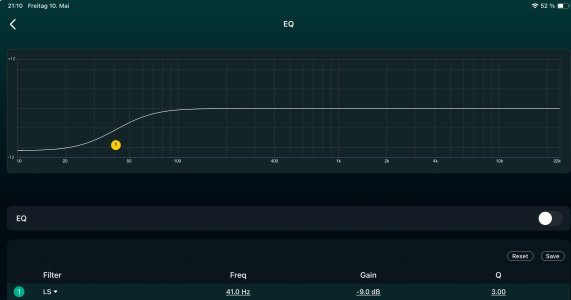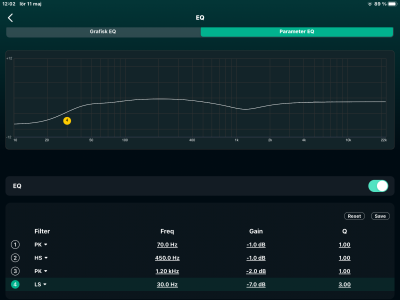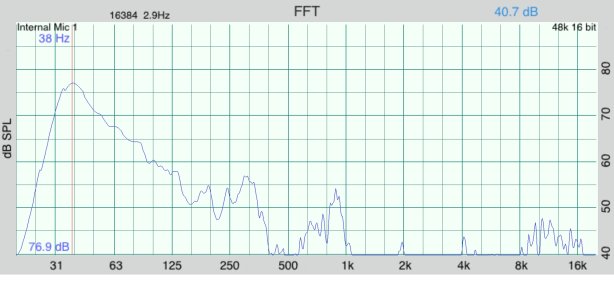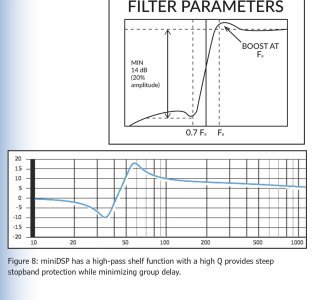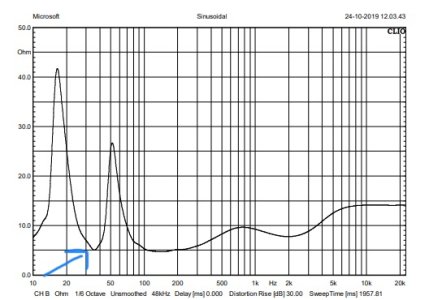This is a trick thats often used in studios to make the soundmix more fuller and more impressive - the use of high Q shelving function to high pass the signal . This can also be implemented in a ported speaker . And as very few streamers on the market, the WiiM can do this.
This can be done with any ported loudspeaker , using the advantage of the back pressure from the tube at the tuning frequency , making the driver cone stand still and the tube makes all the sound . At the tuning frequency the sound spl advantage are about 10 dB compared to a closed box speaker .
If using a highpass high Q shelving filter with a Kef ls50 meta, centered 10-11 Hz below the tuning frequency of the speaker , you get a boost at the tuning frequency at 51 Hz making the loudspeaker sound much more potent in the bass area. The high Q filter gives you an overshoot right before the bass drops below the tuning frequency .
Simulation example with a WiiM pro and Kef ls 50 meta :
Using PEQ in the WiiM :
LS
Frequency = 40 Hz
Q = 3
Gain = - 9 dB
The Kef ls50 meta has a tuning frequency of 51 Hz . You will get a boost at that frequency about 5 dB and you will have a sharp falloff below the tuning frequency . More bass without overloading the xmax of the driver .
Ls50 meta original without shelving :
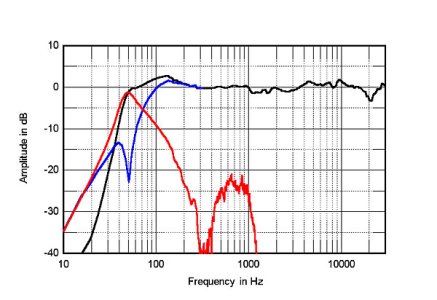
After high Q shelving it will be :
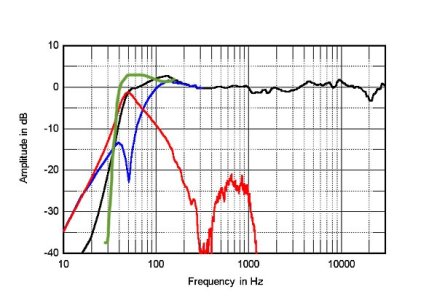
Read the whole article by Perry Marshall about high Q shelving filter here :
If you have a WiiM streamer and a ported speaker - try it , this will bring better bass in most cases.
This can be done with any ported loudspeaker , using the advantage of the back pressure from the tube at the tuning frequency , making the driver cone stand still and the tube makes all the sound . At the tuning frequency the sound spl advantage are about 10 dB compared to a closed box speaker .
If using a highpass high Q shelving filter with a Kef ls50 meta, centered 10-11 Hz below the tuning frequency of the speaker , you get a boost at the tuning frequency at 51 Hz making the loudspeaker sound much more potent in the bass area. The high Q filter gives you an overshoot right before the bass drops below the tuning frequency .
Simulation example with a WiiM pro and Kef ls 50 meta :
Using PEQ in the WiiM :
LS
Frequency = 40 Hz
Q = 3
Gain = - 9 dB
The Kef ls50 meta has a tuning frequency of 51 Hz . You will get a boost at that frequency about 5 dB and you will have a sharp falloff below the tuning frequency . More bass without overloading the xmax of the driver .
Ls50 meta original without shelving :

After high Q shelving it will be :

Read the whole article by Perry Marshall about high Q shelving filter here :
If you have a WiiM streamer and a ported speaker - try it , this will bring better bass in most cases.
Last edited:



